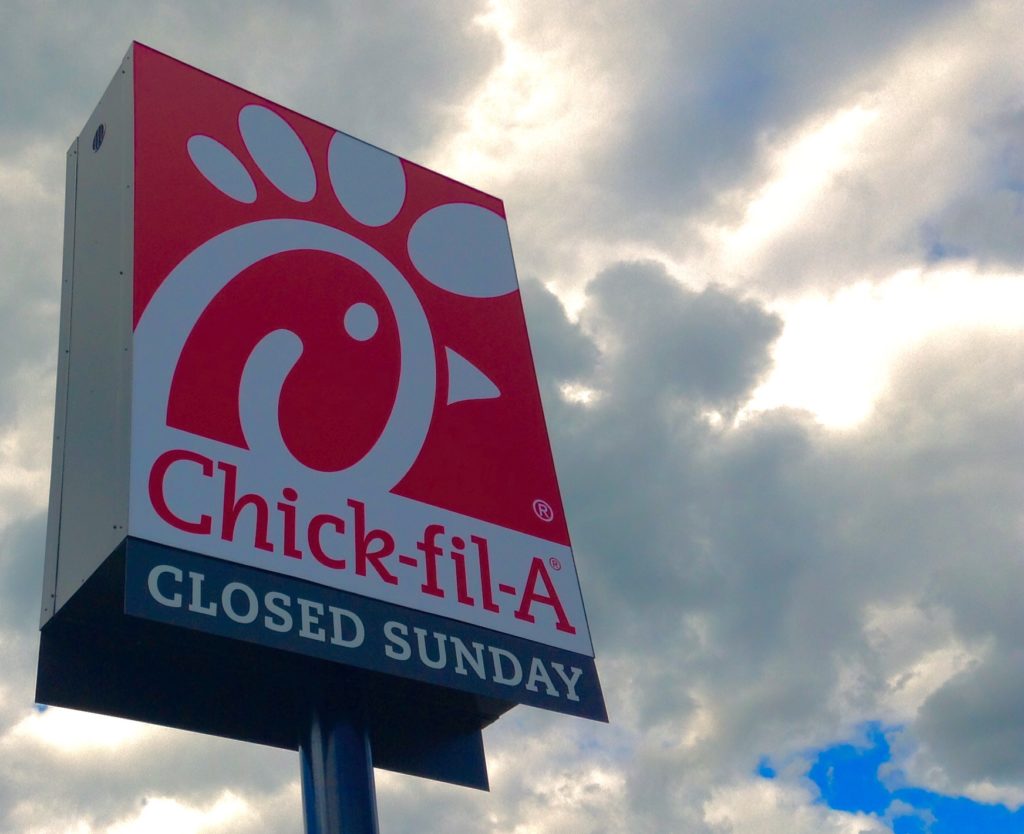Bianca del Rio didn’t set out to be “the nastiest bitch on the planet,” but she kind of is–and it’s really working for her career.
Del Rio, formerly Roy Haylock, is the crowned queen of the 6th season of RuPaul’s Drag Race. One key to her success has been simply embracing who she is and not copying what everyone else in her industry is doing.
The queens on RuPaul’s Drag Race were all competing as queens. Bianca Del Rio realized that she needed to stand out, to do things differently. Her management recommended that she record an album. Her reply: “I’m not going to do an album. There’s enough horrible drag queens singing.”
And Del Rio’s intuition is spot on. When everyone else is zigging, zag.
What Del Rio is doing is quite expansive. Since RuPaul’s Drag Race, Bianca has headlined and sold out standup comedy tours worldwide, starred in two feature films, released a satirical self-help book, and created a line of no. 1-selling makeup removers.
“It kind of snowballed. I didn’t plan to be a comedian. I didn’t plan to be a drag queen. It just kind of evolved,” says Del Rio, who was a professional costume designer before doing drag full-time.
As a host for drag shows Del Rio got a lot of stage time, dealing with back-stage delays, hecklers, and impatient patrons. She seized the opportunity and integrated insult comedy into her hosting routine.
Since then, Bianca Del Rio has bloomed and business has boomed.
“Everything is offensive, so I’m enjoying the fact that I’m anti-kind. You’ve got to go out and just speak your mind. It needs to be heard,” Del Rio says. “There was a young boy who was 13-years-old who was in drag with his grandmother that came to see me [during a comedy show] and I was nervous because he was like, ‘me and my grandma love Drag Raceand we watch the show together!’ And I looked at [the grandma] and I said, ‘you do know my show’s going to be a little racy?’ She goes, ‘well, what the fuck do you think I came for?’ So I’m bringing families together–through hate.”
Find your niche – no matter how offensive or off the beaten path.
[Photo: Daisy Korpics for Fast Company]


